The Arctic, defined as the area north of 66 degrees 33 minutes North latitude, a.k.a. the Arctic Circle, is home to a multitude of indigenous people, among them the Inuit in Greenland, Canada and Alaska, the Inuvialuit in western Canada, the Athabaskan in Alaska and Canada, and the Saami in Norway, Sweden, Finland and northwest Russia. These people’s cultures and traditional lifestyles are shaped by the Arctic environment, and because of this these people are very vulnerable to climate change. For people who depend on a stable local environment to support and sustain their settlements and lifestyle, a changing climate can have a very injurious effect. One of the ways in which the warming climate can adversely affect indigenous people is that the weather becomes less stable and therefore harder to predict. Experienced hunters and elders have reported that traditional techniques of predicting the weather are becoming ineffective, with storms occurring without warning and wind direction changing suddenly. This unpredictability in the weather can present problems when trying to figure out the best times to, say, dry fish, or lead a hunting party. Yet another problem is that the changing climate has brought about more freezing rain. This affects snow characteristics, and nowadays, Arctic natives report that there is a lack of good snow that can be used to build igloos. This is causing an increase in injuries and deaths for members of hunting parties because the hunters are unable to build shelters quickly enough when faced with a sudden storm. Another problem caused by freezing rain is that much of the wildlife of the Arctic, including reindeer and musk ox, cannot find food in the winter due to the thick layer of ice covering these animals’ usual food sources. This will in turn affect the indigenous people who depend on these animals for food. Climate change has also caused sea ice to decline in both extent and thickness. With less sea ice, seas are stormier and more violent, which is dangerous for hunters, as the thin sea ice is very unsafe for travel This also adversely affects anyone else who wants to use the sea ice for transportation, either walking or using sleds. Animals, such as walrus and polar bears, are beginning to see the range of their habitats decreasing, threatening their populations and adding stress to those people who depend on the animals for food and for the warmth that their pelts provide. The indigenous people living above the Arctic Circle depend on a stable environment and stable weather conditions to support their lifestyles, but climate change is causing the landscape of the Arctic to change. Sea ice is less stable, weather conditions are unpredictable, and even the surface of the ground is changing. This is affecting the food supply of these indigenous Arctic people, along with their travel and safety. Although the indigenous peoples of the Arctic might seem as far removed from our society as one can get, we cannot ignore their concerns and troubles, as it is almost a foreshadowing of what might happen to us if we ignore climate change for long enough. Thanks to Neil Leary for the link to the Arctic Climate Impact Assessment: ACIA, Impacts of a Warming Arctic: Arctic Climate Impact Assessment. Cambridge University Press, 2004.
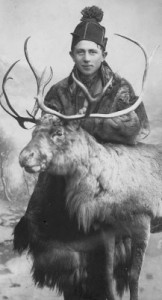
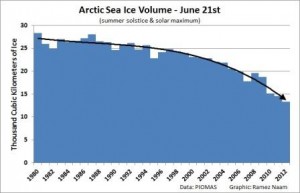
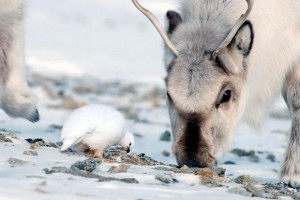

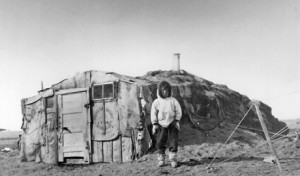
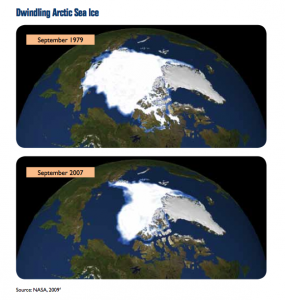

Great to see you follow up on this. The ways in which warming and other changes in the Arctic and high northern latitudes are impacting people who live and earn their livelihoods in these challenging environments contributes to understanding why the changes documented by James Balog and the Extreme Ice Survey are important.